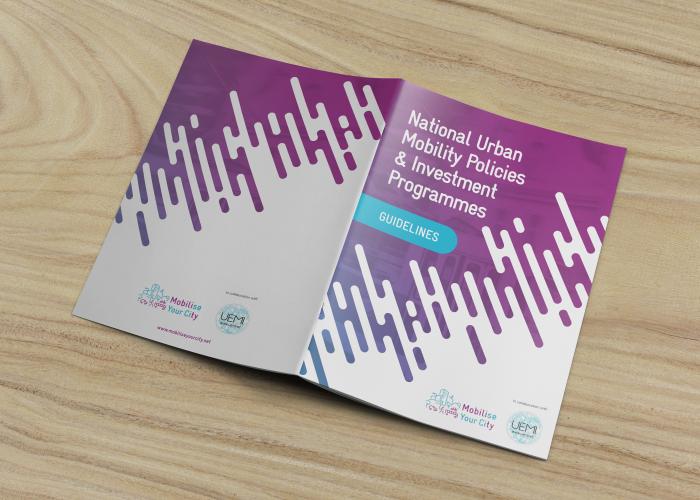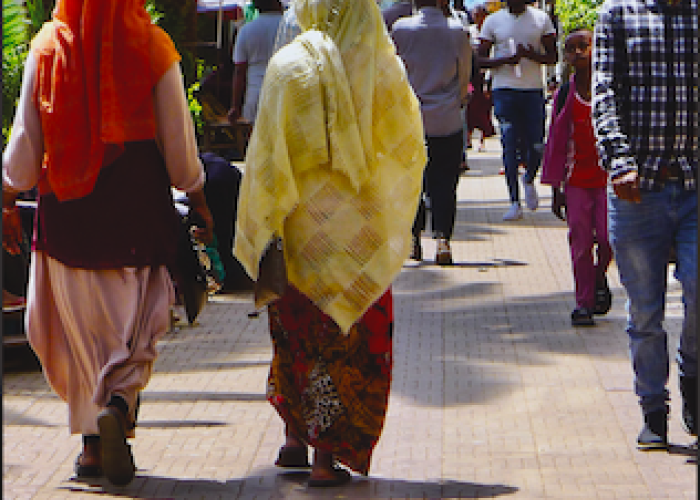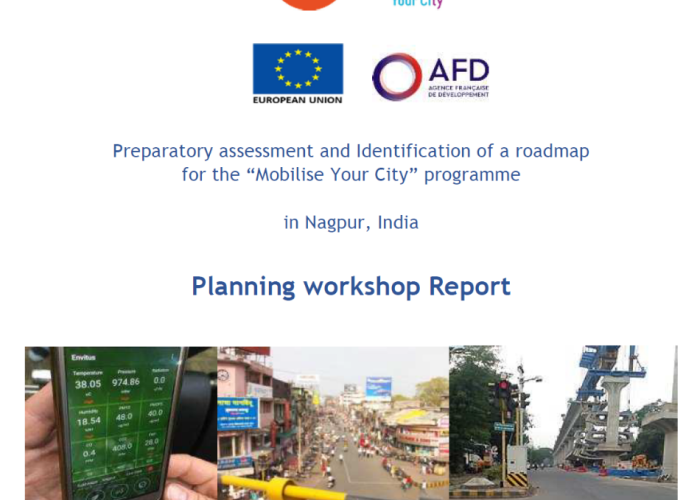National Urban Mobility Policies and Investment Programmes (NUMP) - Guidelines

A hands-on and state-of-the-art approach to guide national governments in the development of strategic, action-oriented frameworks for sustainable…
- NUMP
- Others
- GHG Emissions & MRV
- Others

